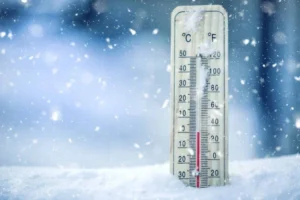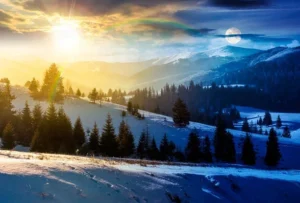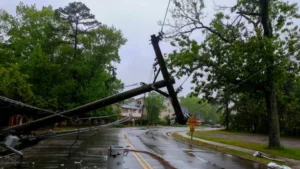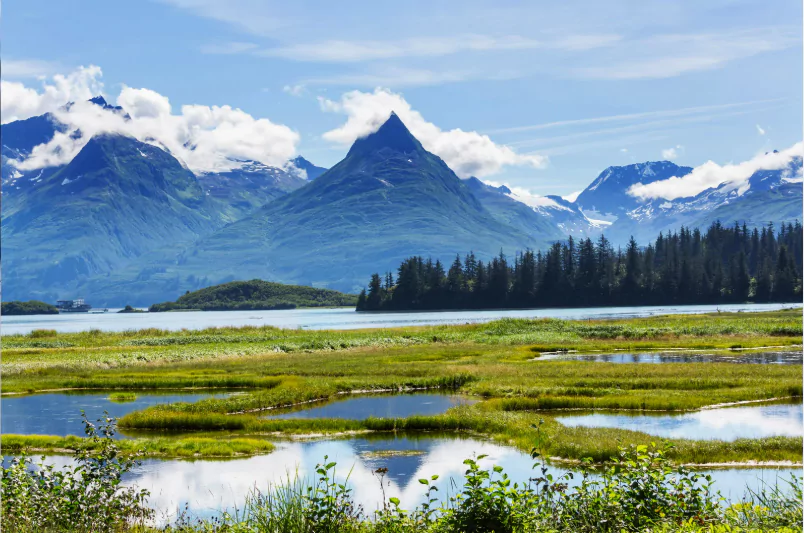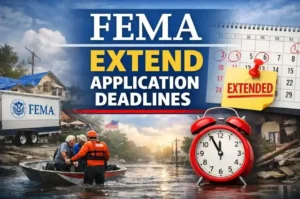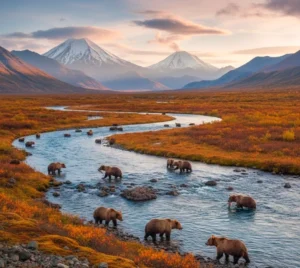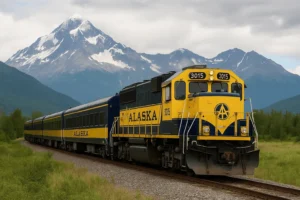Table of Contents
In our exploration of the Last Frontier, we uncover aspects of Alaska that often escape mainstream attention. Beyond its iconic glaciers and abundant wildlife, Alaska holds a trove of hidden complexities—from its dynamic indigenous cultures and unconventional economic practices to groundbreaking renewable energy initiatives and unique legal frameworks.
1. The Hidden Depths of Alaska’s Wilderness
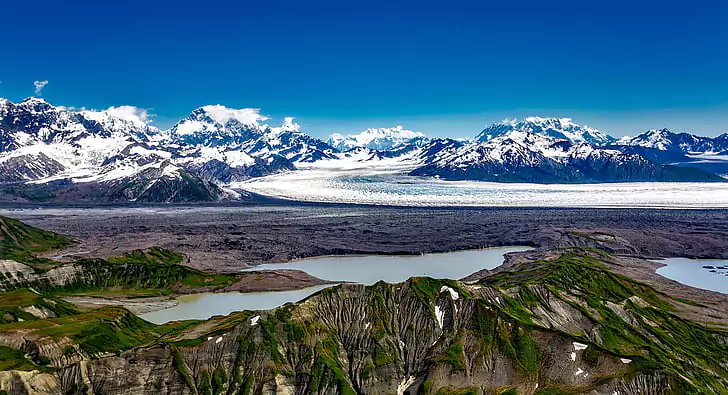
Alaska is renowned for its vast, unspoiled landscapes, yet few realize the extent of its wilderness. Over 60% of the state is designated as wilderness, protected from extensive development to preserve its natural heritage.
Our commitment to exploring these remote terrains reveals ecosystems that remain largely untouched, fostering biodiversity found nowhere else on Earth. Detailed surveys by the U.S. Geological Survey have documented more than 3,000 species of vascular plants across these regions, underscoring the ecological richness that supports both local communities and global environmental health.
2. The True Scale of Alaska’s Landmass and Protected Areas
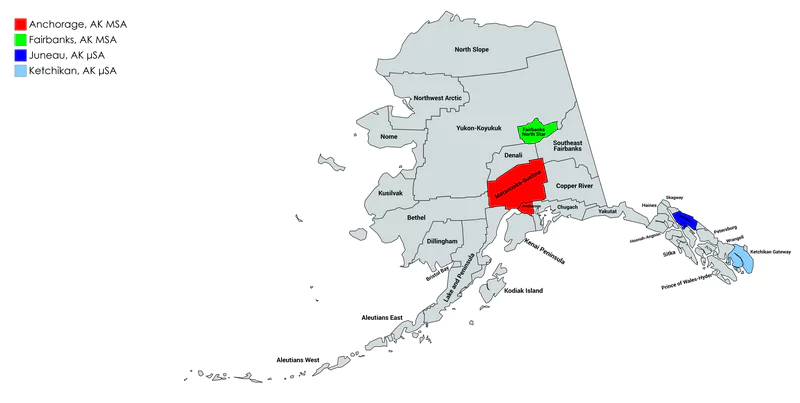
The magnitude of Alaska’s physical expanse is often underestimated. Covering approximately 663,268 square miles, it is the largest state in the United States by area.
Notably, nearly 17 million acres of federal land are under state and national protection, a figure recognized by both the U.S. Department of the Interior and the National Park Service. These protected areas not only preserve pristine habitats but also offer extensive opportunities for scientific research, recreation, and sustainable tourism, highlighting our shared responsibility to maintain this ecological treasure.
3. Unique Indigenous Heritage and Cultures
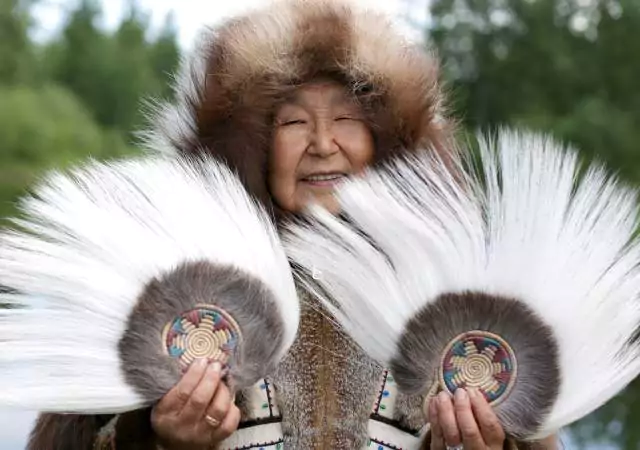
Alaska’s indigenous communities offer profound cultural contributions that extend far beyond traditional perceptions. With over 20 distinct indigenous groups—including the Inupiaq, Yupik, and Tlingit—the state is a mosaic of languages, traditions, and customs.
Research by the Alaska Native Tribal Health Consortium indicates that community-led initiatives have boosted local economic development by nearly 15% over the past decade. With modern technology, while preserving ancestral wisdom, these communities present a model of resilience and innovation that enriches our collective cultural fabric.
4. The Reality of Extreme Weather Patterns

Alaska experiences some of the most dramatic weather fluctuations in North America. While popular narratives often focus on its harsh winters, the state’s climate is marked by rapid temperature shifts and seasonal extremes.
For instance, in regions like Fairbanks, temperature variations can exceed 70°F within a single day during transitional seasons.
Meteorological data from the National Oceanic and Atmospheric Administration (NOAA) reveal that such variability plays a crucial role in shaping local ecosystems, affecting everything from permafrost stability to wildlife migration patterns.
These climatic dynamics demand adaptive strategies for infrastructure and resource management, challenges we are addressing through innovative climate resilience initiatives.
5. Unconventional Wildlife Encounters
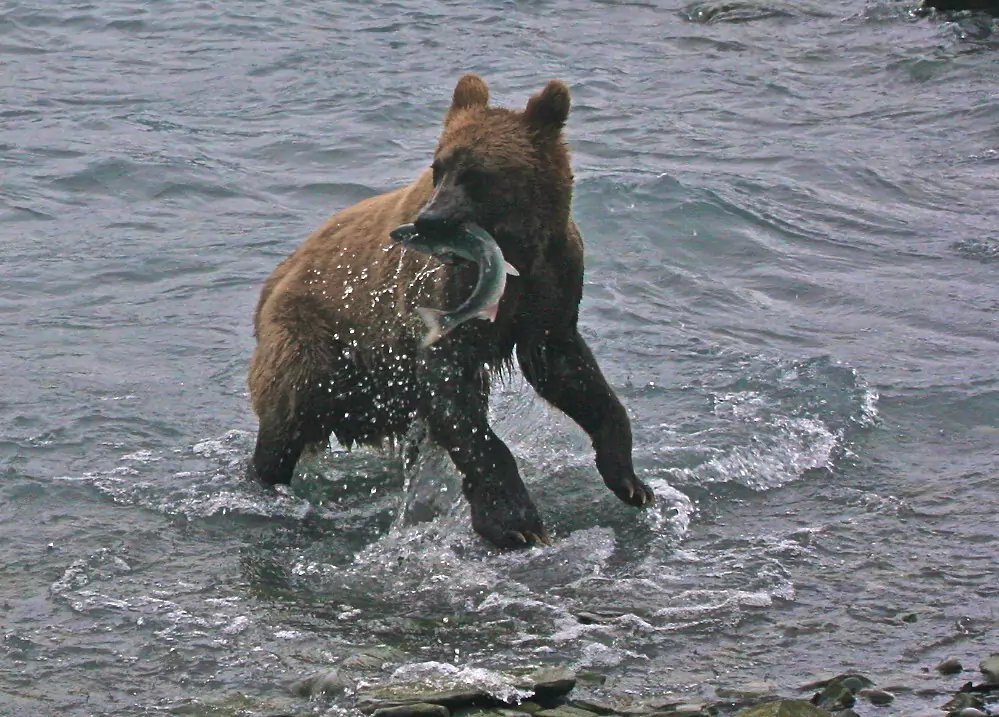
Beyond the iconic bear and moose, Alaska is home to a host of lesser-known but equally fascinating species. Detailed wildlife studies conducted by the Alaska Department of Fish and Game have documented over 400 species of birds, marine life, and terrestrial mammals.
Among these, the rare Alexander Archipelago wolf and endemic fish species thrive in remote rivers and forests. Our ongoing research projects underscore how even subtle changes in population dynamics can signal broader environmental shifts, prompting us to invest in conservation programs that ensure the long-term viability of these unique species.
6. Economic Realities Beyond Oil#ays-chart-container6949e0aff1ca4 div.ays-chart-charts-main-container6949e0aff1ca4 { width: 100%; height: 400px; margin:auto; border-radius: 0px; }#ays-chart-container6949e0aff1ca4 div.ays-chart-header-container { margin-bottom: 5px !important; }#ays-chart-container6949e0aff1ca4 div.ays-chart-header-container>.ays-chart-charts-title6949e0aff1ca4 { color: #000000; font-size: 30px; font-weight: bold; font-style: normal; text-align: left; }#ays-chart-container6949e0aff1ca4 div.ays-chart-header-container>.ays-chart-charts-description6949e0aff1ca4 { color: #4c4c4c; font-size: 16px; font-weight: normal; font-style: normal; text-align: left; }#ays-chart-container6949e0aff1ca4 div.ays-chart-actions-container>div.ays-chart-export-buttons .ays-chart-export-button-6949e0aff1ca4 { color: #4c4c4cB3 !important; font-size: 16px !important; }#ays-chart-container6949e0aff1ca4 div.ays-chart-actions-container>div.ays-chart-export-buttons .ays-chart-export-button-6949e0aff1ca4:hover { color: #4c4c4c !important; }#ays-chart-container6949e0aff1ca4 .ays-chart-charts-main-container[data-type='org_chart'] table.google-visualization-orgchart-table tbody tr td { padding: initial; } if(typeof aysChartOptions === 'undefined'){ var aysChartOptions = []; } aysChartOptions['6949e0aff1ca4'] = 'eyJjaGFydF9kYXRhX2J5X3R5cGVzIjpbXSwiY2hhcnRfdHlwZSI6InBpZV9jaGFydCIsInNvdXJjZSI6W1siU2VjdG9yIiwiJSJdLFsiT2lsICZhbXA7IEdhcyIsIjU4Il0sWyJUb3VyaXNtIiwiMTIiXSxbIkZpc2hlcmllc1wvU2VhZm9vZCIsIjEwIl0sWyJSZW5ld2FibGUgRW5lcmd5ICZhbXA7IE90aGVycyIsIjgiXSxbIk90aGVyIE5vblx1MjAxMU9pbCBTZWN0b3JzIiwiMTIiXV0sIm9wdGlvbnMiOnsic2hvd190aXRsZSI6Im9uIiwic2hvd19kZXNjcmlwdGlvbiI6Im9uIiwiZW5hYmxlX2ludGVyYWN0aXZpdHkiOiJvbiIsInRvb2x0aXBfdHJpZ2dlciI6ImhvdmVyIiwidG9vbHRpcF90ZXh0X2NvbG9yIjoiIzAwMDAwMCIsInRvb2x0aXBfZm9udF9zaXplIjoiMTUiLCJ0b29sdGlwX2JvbGQiOiJkZWZhdWx0IiwibGVnZW5kX3Bvc2l0aW9uIjoicmlnaHQiLCJsZWdlbmRfYWxpZ25tZW50Ijoic3RhcnQiLCJsZWdlbmRfY29sb3IiOiIjMDAwMDAwIiwibGVnZW5kX2ZvbnRfc2l6ZSI6IjE1IiwiaGF4aXNfdGl0bGUiOiIiLCJoYXhpc19sYWJlbF9mb250X3NpemUiOiIxNSIsImhheGlzX2xhYmVsX2NvbG9yIjoiIzAwMDAwMCIsImhheGlzX3RleHRfcG9zaXRpb24iOiJvdXQiLCJoYXhpc190ZXh0X2NvbG9yIjoiIzAwMDAwMCIsImhheGlzX3RleHRfZm9udF9zaXplIjoxNSwiaGF4aXNfc2xhbnRlZCI6ImF1dG9tYXRpYyIsImhheGlzX3NsYW50ZWRfdGV4dF9hbmdsZSI6IjMwIiwiaGF4aXNfZm9ybWF0IjoiIiwiaGF4aXNfbWF4X3ZhbHVlIjpudWxsLCJoYXhpc19taW5fdmFsdWUiOm51bGwsImhheGlzX2dyaWRsaW5lc19jb3VudCI6Ii0xIiwiaGF4aXNfZ3JpZGxpbmVzX2NvbG9yIjoiI2NjY2NjYyIsImhheGlzX21pbm9yX2dyaWRsaW5lc19jb2xvciI6IiNjY2NjY2MiLCJoYXhpc19iYXNlbGluZV9jb2xvciI6IiMwMDAwMDAiLCJoYXhpc19zaG93X3RleHRfZXZlcnkiOiIwIiwidmF4aXNfdGl0bGUiOiIiLCJ2YXhpc19sYWJlbF9mb250X3NpemUiOiIxNSIsInZheGlzX2xhYmVsX2NvbG9yIjoiIzAwMDAwMCIsInZheGlzX3RleHRfcG9zaXRpb24iOiJvdXQiLCJ2YXhpc190ZXh0X2NvbG9yIjoiIzAwMDAwMCIsInZheGlzX3RleHRfZm9udF9zaXplIjoxNSwidmF4aXNfZm9ybWF0IjoiIiwidmF4aXNfbWF4X3ZhbHVlIjpudWxsLCJ2YXhpc19taW5fdmFsdWUiOm51bGwsInZheGlzX2dyaWRsaW5lc19jb3VudCI6Ii0xIiwidmF4aXNfZ3JpZGxpbmVzX2NvbG9yIjoiI2NjY2NjYyIsInZheGlzX21pbm9yX2dyaWRsaW5lc19jb2xvciI6IiNjY2NjY2MiLCJ2YXhpc19iYXNlbGluZV9jb2xvciI6IiMwMDAwMDAiLCJhbmltYXRpb25fZHVyYXRpb24iOjEwMDAsImFuaW1hdGlvbl9zdGFydHVwIjoib24iLCJhbmltYXRpb25fZWFzaW5nIjoibGluZWFyIiwibGl2ZV9jaGFydF9pbnRlcnZhbCI6MzAwMCwid2lkdGgiOiIxMDAiLCJ3aWR0aF9mb3JtYXQiOiIlIiwicG9zaXRpb24iOiJjZW50ZXIiLCJoZWlnaHQiOiI0MDAiLCJoZWlnaHRfZm9ybWF0IjoicHgiLCJmb250X3NpemUiOiIxNSIsIm9yZ19jaGFydF9mb250X3NpemUiOiJtZWRpdW0iLCJiYWNrZ3JvdW5kX2NvbG9yIjoiI2ZmZmZmZiIsImJvcmRlcl93aWR0aCI6IjAiLCJib3JkZXJfY29sb3IiOiIjNjY2NjY2IiwiYm9yZGVyX3JhZGl1cyI6IjAiLCJjaGFydF9iYWNrZ3JvdW5kX2NvbG9yIjoiI2ZmZmZmZiIsImNoYXJ0X2JvcmRlcl93aWR0aCI6IjAiLCJjaGFydF9ib3JkZXJfY29sb3IiOiIjNjY2NjY2IiwiY2hhcnRfbGVmdF9tYXJnaW4iOiIiLCJjaGFydF9yaWdodF9tYXJnaW4iOiIiLCJjaGFydF90b3BfbWFyZ2luIjoiIiwiY2hhcnRfYm90dG9tX21hcmdpbiI6IiIsInRpdGxlX2NvbG9yIjoiIzAwMDAwMCIsInRpdGxlX2ZvbnRfc2l6ZSI6IjMwIiwidGl0bGVfYm9sZCI6Im9uIiwidGl0bGVfcG9zaXRpb24iOiJsZWZ0IiwidGl0bGVfZ2FwIjoiNSIsImRlc2NyaXB0aW9uX2NvbG9yIjoiIzRjNGM0YyIsImRlc2NyaXB0aW9uX2ZvbnRfc2l6ZSI6IjE2IiwiZGVzY3JpcHRpb25fcG9zaXRpb24iOiJsZWZ0Iiwicm90YXRpb25fZGVncmVlIjoiMCIsInNsaWNlX2JvcmRlcl9jb2xvciI6IiNmZmZmZmYiLCJzbGljZV90ZXh0IjoicGVyY2VudGFnZSIsInRvb2x0aXBfdGV4dCI6ImJvdGgiLCJkYXRhX2dyb3VwaW5nX2xpbWl0IjoiMC41IiwiZGF0YV9ncm91cGluZ19sYWJlbCI6Ik90aGVyIiwiZGF0YV9ncm91cGluZ19jb2xvciI6IiMwMDAwMDAiLCJmb2N1c190YXJnZXQiOiJkYXR1bSIsIm9wYWNpdHkiOiIxLjAiLCJncm91cF93aWR0aCI6IjYxLjgiLCJncm91cF93aWR0aF9mb3JtYXQiOiIlIiwibGluZV93aWR0aCI6IjIiLCJtdWx0aXBsZV9kYXRhX2Zvcm1hdCI6ImF1dG8iLCJwb2ludF9zaGFwZSI6ImNpcmNsZSIsInBvaW50X3NpemUiOjcsImxpbmVfY3VydmVfdHlwZSI6Im5vbmUiLCJkb251dF9ob2xlX3NpemUiOiIwLjQiLCJjcm9zc2hhaXJfdHJpZ2dlciI6Im5vbmUiLCJjcm9zc2hhaXJfb3JpZW50YXRpb24iOiJib3RoIiwiY3Jvc3NoYWlyX29wYWNpdHkiOiIxLjAiLCJtaW5fY29sb3IiOiIjZGQwMDAwIiwibWF4X2NvbG9yIjoiIzAwZGQwMCIsIm1heF9mb250X3NpemUiOiIxNiIsInNhbmtleV9saW5rX2NvbG9yIjoiI2I4YjhiOCIsInNhbmtleV9ib3JkZXJfY29sb3IiOiIjYjhiOGI4Iiwic2Fua2V5X2JvcmRlcl93aWR0aCI6IjAiLCJwZXJjZW50X2VuYWJsZWQiOiJvbiIsInNob3dfcm93X2xhYmVscyI6Im9uIiwidGltZWxpbmVfY29sb3IiOiIjNDI4NWY0IiwibWlub3JfdGlja3MiOiIyIiwia2VlcF9hc3BlY3RfcmF0aW8iOiJvbiIsInNvcnRfY29sdW1uX2luZGV4IjoiLTEiLCJvcmdfbm9kZV9kZXNjcmlwdGlvbl9mb250X2NvbG9yIjoiI2ZmMDAwMCIsIm9yZ19ub2RlX2Rlc2NyaXB0aW9uX2ZvbnRfc2l6ZSI6IjEzIiwib3JnX2NsYXNzbmFtZSI6IiIsIm9yZ19ub2RlX2JhY2tncm91bmRfY29sb3IiOiIjZWRmN2ZmIiwib3JnX25vZGVfcGFkZGluZyI6IjIiLCJvcmdfbm9kZV9ib3JkZXJfcmFkaXVzIjoiNSIsIm9yZ19ub2RlX2JvcmRlcl93aWR0aCI6IjAiLCJvcmdfbm9kZV9ib3JkZXJfY29sb3IiOiIjYjVkOWVhIiwib3JnX25vZGVfdGV4dF9jb2xvciI6IiMwMDAwMDAiLCJvcmdfbm9kZV90ZXh0X2ZvbnRfc2l6ZSI6IjEzIiwic2xpY2VfY29sb3IiOlsiIzMzNjZjYyIsIiNkYzM5MTIiLCIjZmY5OTAwIiwiIzEwOTYxOCIsIiM5OTAwOTkiXSwic2xpY2Vfb2Zmc2V0IjpbIjAiLCIwIiwiMCIsIjAiLCIwIl0sInNsaWNlX3RleHRfY29sb3IiOlsiI2ZmZmZmZiIsIiNmZmZmZmYiLCIjZmZmZmZmIiwiI2ZmZmZmZiIsIiNmZmZmZmYiXSwic2VyaWVzX2NvbG9yIjpbIiMzMzY2Y2MiXSwiY29tYm9fdHlwZSI6WyJsaW5lIl0sImVuYWJsZV9yb3dfc2V0dGluZ3MiOiJvbiIsInJvd3NfY29sb3IiOlsiIzMzNjZjYyIsIiMzMzY2Y2MiLCIjMzM2NmNjIiwiIzMzNjZjYyIsIiMzMzY2Y2MiXSwicm93c19vcGFjaXR5IjpbIjEiLCIxIiwiMSIsIjEiLCIxIl0sInJlc3BvbnNpdmVfd2lkdGgiOiJvZmYiLCJ0cmFuc3BhcmVudF9iYWNrZ3JvdW5kIjoib2ZmIiwic2hvd19jb2xvcl9jb2RlIjoib2ZmIiwidG9vbHRpcF9pdGFsaWMiOiJvZmYiLCJsZWdlbmRfaXRhbGljIjoib2ZmIiwibGVnZW5kX2JvbGQiOiJvZmYiLCJoYXhpc19pdGFsaWMiOiJvZmYiLCJoYXhpc19ib2xkIjoib2ZmIiwidmF4aXNfaXRhbGljIjoib2ZmIiwidmF4aXNfYm9sZCI6Im9mZiIsInJldmVyc2VfY2F0ZWdvcmllcyI6Im9mZiIsImhheGlzX3RpdGxlX2l0YWxpYyI6Im9mZiIsImhheGlzX3RpdGxlX2JvbGQiOiJvZmYiLCJ2YXhpc190aXRsZV9pdGFsaWMiOiJvZmYiLCJ2YXhpc190aXRsZV9ib2xkIjoib2ZmIiwiaXNfc3RhY2tlZCI6Im9mZiIsIm11bHRpcGxlX3NlbGVjdGlvbiI6Im9mZiIsInNob3dfc2NhbGUiOiJvZmYiLCJvcmllbnRhdGlvbiI6Im9mZiIsInRpdGxlX2l0YWxpYyI6Im9mZiIsImRlc2NyaXB0aW9uX2JvbGQiOiJvZmYiLCJkZXNjcmlwdGlvbl9pdGFsaWMiOiJvZmYiLCJ0aW1lbGluZV9zaW5nbGVfY29sb3IiOiJvZmYiLCJzaG93X3Jvd19udW1iZXIiOiJvZmYiLCJhbGxvd19jb2xsYXBzZSI6Im9mZiIsIm1heGltaXplZF92aWV3Ijoib2ZmIiwiaGF4aXNfZGlyZWN0aW9uIjoiMSIsInZheGlzX2RpcmVjdGlvbiI6IjEiLCJlbmFibGVfYW5pbWF0aW9uIjoib2ZmIiwiZmlsbF9udWxscyI6Im9mZiIsImVuYWJsZV9saXZlX2NoYXJ0Ijoib2ZmIiwiZW5hYmxlX3ByaW50Ijoib2ZmIiwiZW5hYmxlX2V4Y2VsIjoib2ZmIiwiZW5hYmxlX2NzdiI6Im9mZiIsImVuYWJsZV9jb3B5Ijoib2ZmIiwiZW5hYmxlX2ltZyI6Im9mZiIsImVuYWJsZV91cmwiOiJvZmYiLCJjaGFydF9sZWZ0X21hcmdpbl9mb3JfanMiOiJhdXRvIiwiY2hhcnRfcmlnaHRfbWFyZ2luX2Zvcl9qcyI6ImF1dG8iLCJjaGFydF90b3BfbWFyZ2luX2Zvcl9qcyI6ImF1dG8iLCJjaGFydF9ib3R0b21fbWFyZ2luX2Zvcl9qcyI6ImF1dG8iLCJzbGljZV9jb2xvcnNfZGVmYXVsdCI6WyIjMzM2NmNjIiwiI2RjMzkxMiIsIiNmZjk5MDAiLCIjMTA5NjE4IiwiIzk5MDA5OSIsIiMwMDk5YzYiLCIjZGQ0NDc3IiwiIzY2YWEwMCIsIiNiODJlMmUiLCIjMzE2Mzk1IiwiIzk5NDQ5OSIsIiMyMmFhOTkiLCIjYWFhYTExIiwiIzY2MzNjYyIsIiNlNjczMDAiLCIjOGIwNzA3IiwiIzY1MTA2NyIsIiMzMjkyNjIiLCIjNTU3NGE2IiwiIzNiM2VhYyIsIiNiNzczMjIiLCIjMTZkNjIwIiwiI2I5MTM4MyIsIiNmNDM1OWUiLCIjOWM1OTM1IiwiI2E5YzQxMyIsIiMyYTc3OGQiLCIjNjY4ZDFjIiwiI2JlYTQxMyIsIiMwYzU5MjIiLCIjNzQzNDExIl0sInNlcmllc19jb2xvcnNfZGVmYXVsdCI6WyIjMzM2NmNjIiwiI2RjMzkxMiIsIiNmZjk5MDAiLCIjMTA5NjE4IiwiIzk5MDA5OSIsIiMwMDk5YzYiLCIjZGQ0NDc3IiwiIzY2YWEwMCIsIiNiODJlMmUiLCIjMzE2Mzk1IiwiIzk5NDQ5OSIsIiMyMmFhOTkiLCIjYWFhYTExIiwiIzY2MzNjYyIsIiNlNjczMDAiLCIjOGIwNzA3IiwiIzY1MTA2NyIsIiMzMjkyNjIiLCIjNTU3NGE2IiwiIzNiM2VhYyIsIiNiNzczMjIiLCIjMTZkNjIwIiwiI2I5MTM4MyIsIiNmNDM1OWUiLCIjOWM1OTM1IiwiI2E5YzQxMyIsIiMyYTc3OGQiLCIjNjY4ZDFjIiwiI2JlYTQxMyIsIiMwYzU5MjIiLCIjNzQzNDExIl0sInNlcmllc192aXNpYmxlX2luX2xlZ2VuZCI6WyJvbiJdLCJjb21ib190eXBlcyI6eyJsaW5lIjoiTGluZSIsImJhcnMiOiJCYXIiLCJhcmVhIjoiQXJlYSIsInN0ZXBwZWRBcmVhIjoiU3RlcHBlZCBBcmVhIn19LCJpZCI6Mzd9';
While oil revenues have long been a cornerstone of Alaska’s economy, recent trends indicate a significant diversification. According to the Alaska Department of Commerce, the state’s non-oil sectors now contribute over 40% of its gross domestic product, with booming industries such as renewable energy, tourism, and fisheries.
This economic diversification has fostered innovative business models and has reduced dependency on volatile oil markets. Our efforts to highlight these emerging sectors aim to foster sustainable growth and provide new avenues for job creation and local entrepreneurship, ensuring that economic prosperity reaches even the most remote communities.
7. Remote Community Living and Connectivity
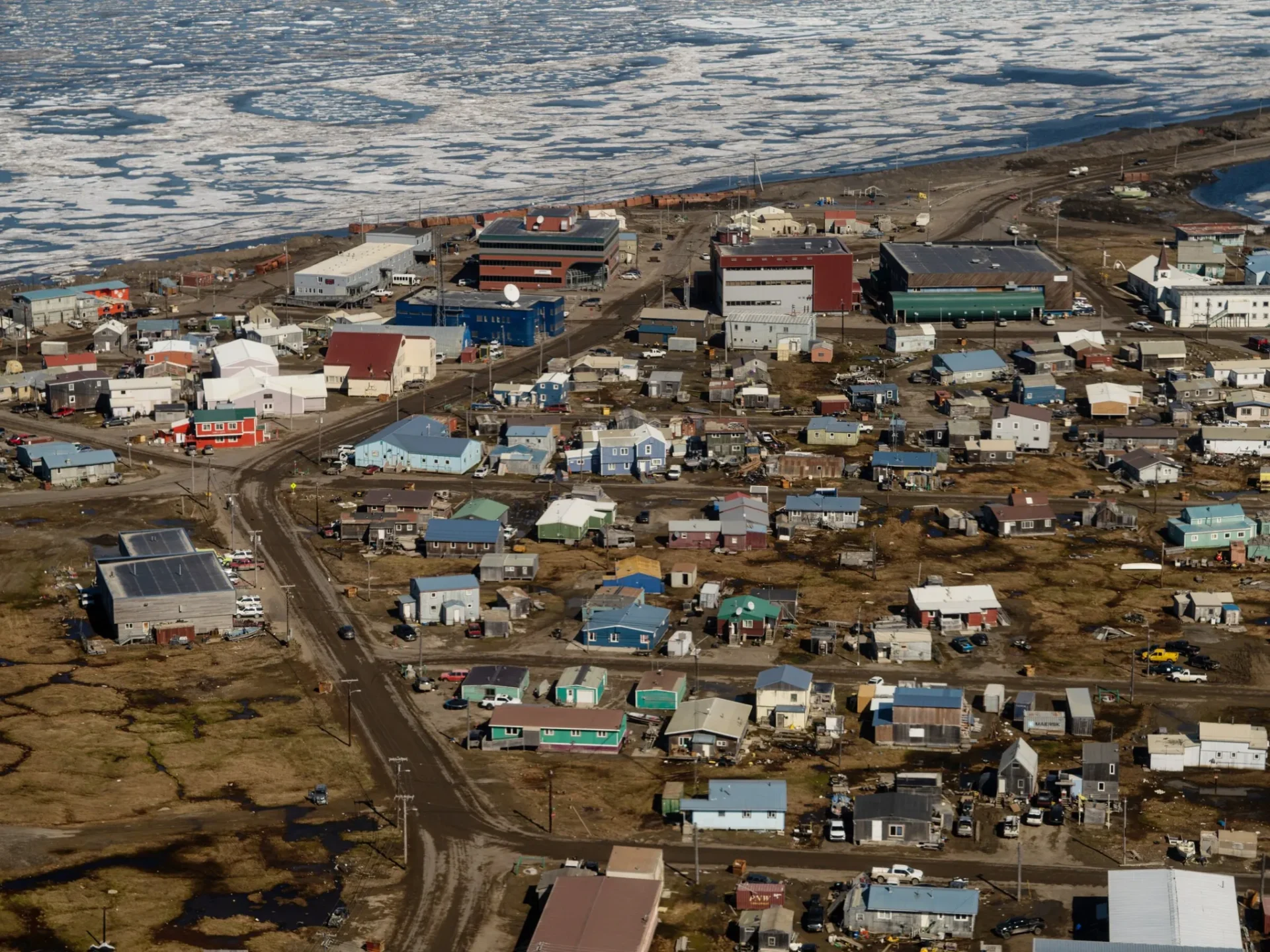
Living in Alaska’s remote communities presents unique challenges and opportunities. Many villages are accessible only by air or water, a reality that shapes everything from daily life to emergency services.
Data from the Alaska Communications Office shows that nearly 30% of the state’s population lives in areas without traditional road access.
Despite these challenges, advancements in satellite internet and renewable energy solutions are gradually bridging the digital divide, enabling residents to access modern education, healthcare, and commerce.
Our initiatives emphasize the importance of connectivity as a tool for empowering these communities and preserving their way of life.
8. Unique Legal and Land Ownership Models
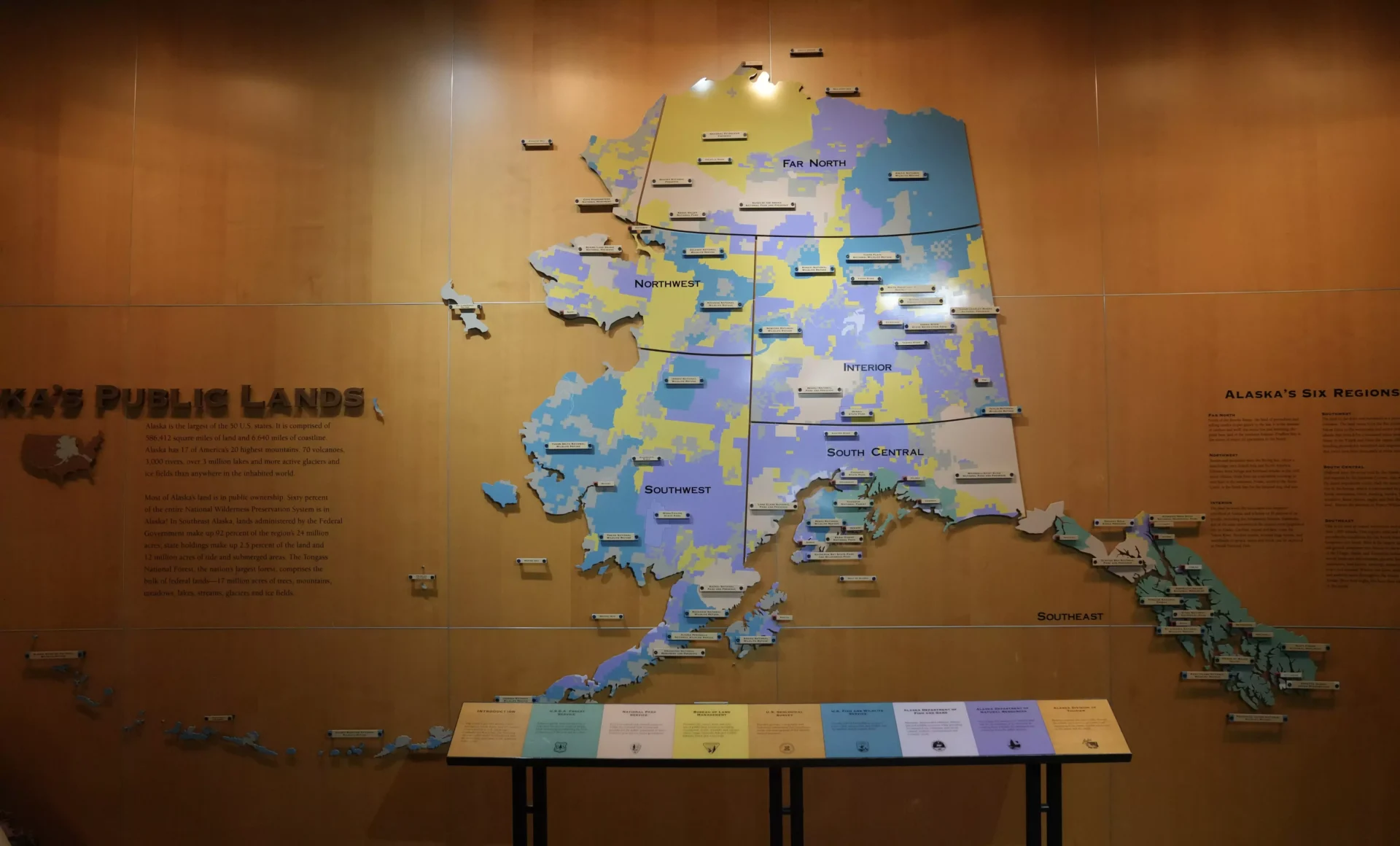
Alaska’s legal framework is as vast and varied as its landscapes. The state’s land ownership models include a mix of federal, state, and native corporation lands, each governed by distinct regulations.
For instance, the Alaska Native Claims Settlement Act of 1971 redistributed over 44 million acres of land to native corporations, a move that has shaped both economic and social policies to this day. Our analysis of these legal intricacies highlights the innovative approaches adopted to balance economic development with the preservation of indigenous rights and environmental stewardship.
9. Innovative Renewable Energy Initiatives
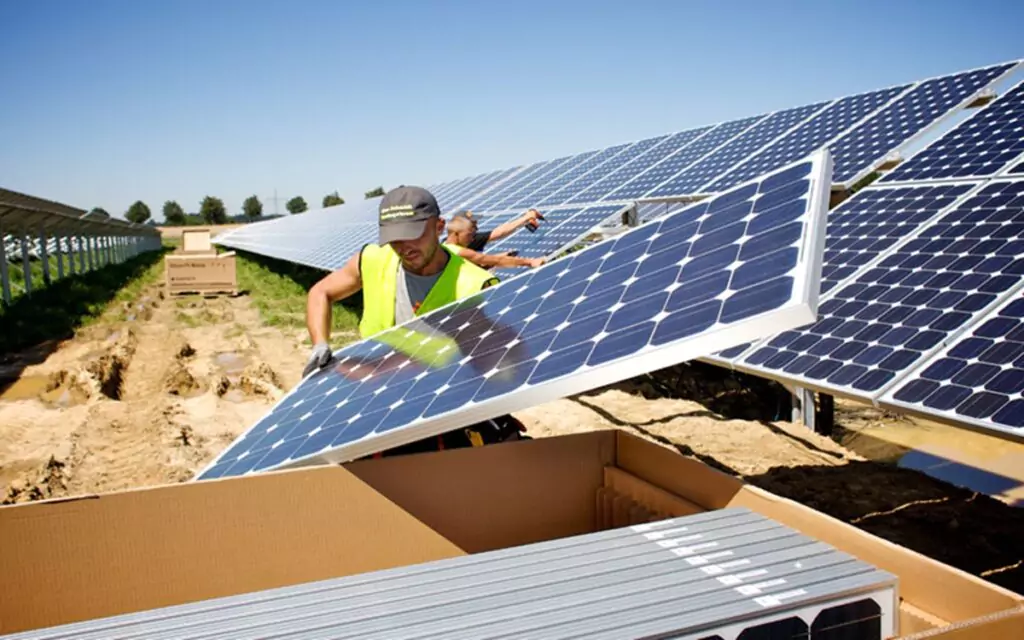
Alaska is at the forefront of renewable energy innovation, driven by the need to power remote areas sustainably. With over 70% of its energy now coming from renewable sources in some communities, the state has become a testing ground for solar, wind, and micro-hydro projects.
Recent investments, totaling over $100 million in renewable infrastructure, have not only reduced carbon emissions but also provided reliable energy to isolated villages. Our commitment to sustainable development ensures that these initiatives serve as a blueprint for other regions facing similar geographic and climatic challenges.
10. Cultural Festivals and Celebrations
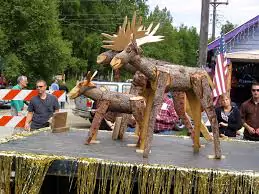
The rich tapestry of Alaskan culture is best experienced through its vibrant festivals and celebrations. Events such as the Iditarod Sled Dog Race, celebrated annually since 1973, attract thousands of participants and spectators, while local indigenous festivals honor centuries-old traditions.
Economic reports indicate that these cultural events generate millions of dollars in tourism revenue each year, boosting local economies and fostering community pride. Our dedication to highlighting these cultural landmarks underscores their role in bridging modern innovation with time-honored traditions.
11. Alaska’s Remote and Pristine Tourism
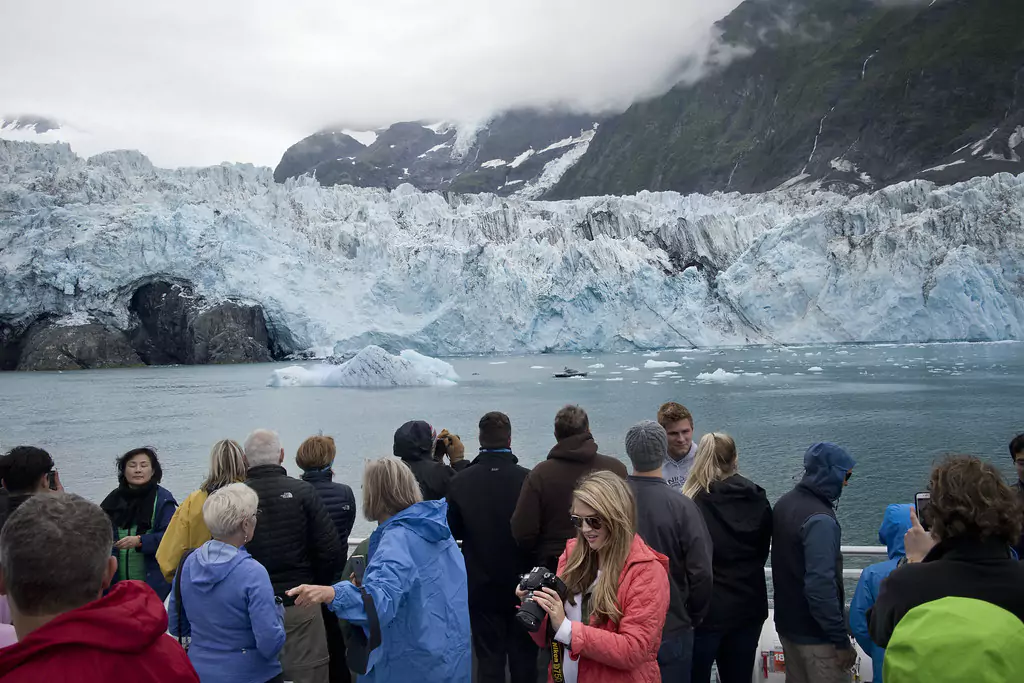
Tourism in Alaska is a gateway to experiencing some of the world’s most unspoiled natural beauty. Despite logistical challenges, the state welcomed over 2 million visitors in the past year, according to the Alaska Travel Industry Association.
These tourists are drawn not only to the majestic glaciers and towering mountains but also to the promise of authentic encounters with nature. Our strategic initiatives in sustainable tourism ensure that while visitors experience Alaska’s wonders, the environmental integrity and local cultures are preserved for future generations.
12. The Impact of Climate Change on Permafrost
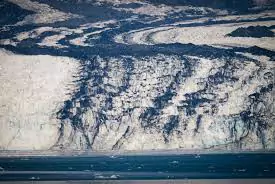
One of the most pressing challenges in Alaska is the thawing of permafrost, which affects both the landscape and infrastructure. Scientific studies by the Geophysical Institute at the University of Alaska Fairbanks reveal that permafrost temperatures have increased by 2-3°F over the past three decades.
This thawing results in ground instability, affecting roads, buildings, and traditional ways of life. Our research emphasizes that proactive adaptation measures, such as improved engineering standards and community-based monitoring, are essential to mitigate these impacts and secure a resilient future.
13. Transportation Realities in the Last Frontier
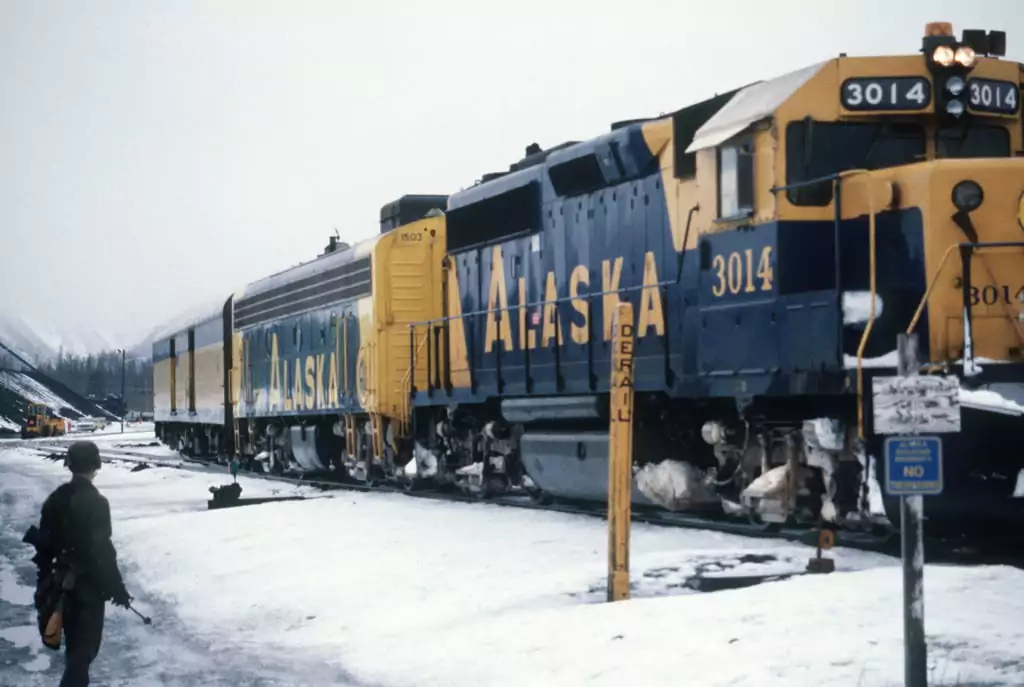
Alaska’s rugged terrain requires innovative transportation solutions. With over 40% of communities reachable only by air or water, traditional road networks and railways are limited.
The Alaska Department of Transportation reports that maintenance costs for these remote routes are among the highest in the nation, often exceeding $20 million annually per major corridor. Our analysis demonstrates that modern technology—such as drone delivery and advanced navigation systems—can revolutionize transport logistics, ensuring that all residents have reliable access to essential services.
14. Alaska’s Role in National Security and Military Presence

Alaska’s strategic location has long made it a focal point for national defense. The state hosts several critical military installations, with the U.S. Department of Defense reporting that military investments in Alaska have reached over $3 billion in recent years.
These facilities are not only essential for security operations but also contribute significantly to local economies through job creation and infrastructure development. Our perspective is that Alaska’s dual role as both a natural paradise and a strategic military asset necessitates balanced policies that honor its heritage while supporting national interests.
15. Future Prospects: Research and Development in the Arctic
The unique challenges and opportunities presented by Alaska’s Arctic environment have spurred significant investments in research and development.
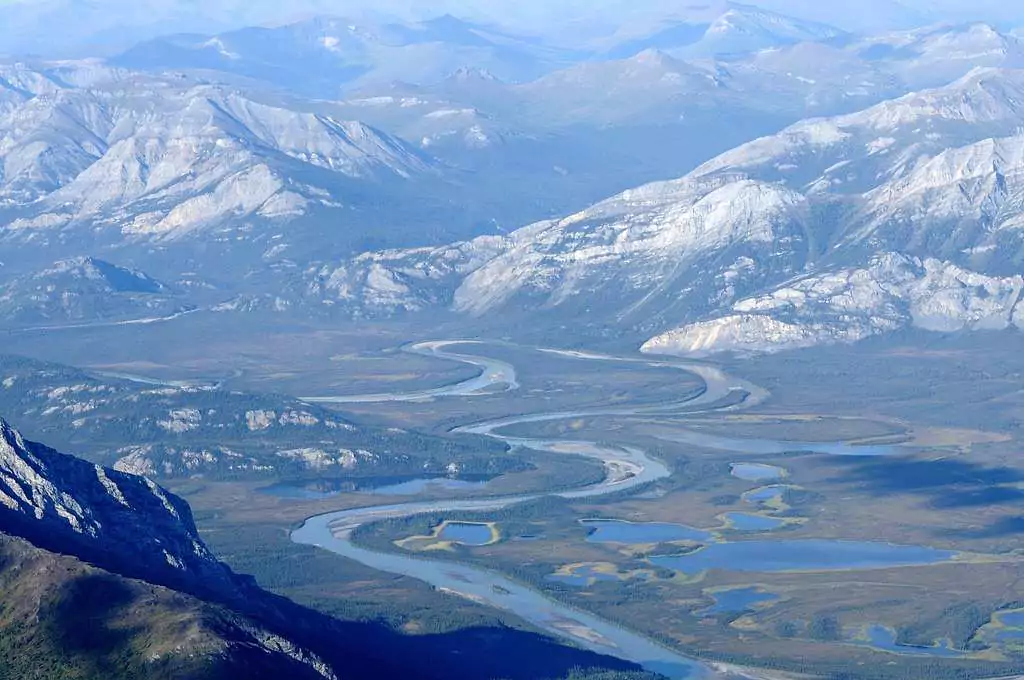
With federal funding exceeding $150 million in the past five years, projects focusing on climate adaptation, sustainable resource management, and advanced technologies are paving the way for groundbreaking discoveries.
Our collaboration with academic institutions and research centers highlights that Alaska is not only a living laboratory for environmental science but also a beacon for innovation in polar research. This ongoing commitment promises to yield solutions that can benefit both local communities and the broader global community.

